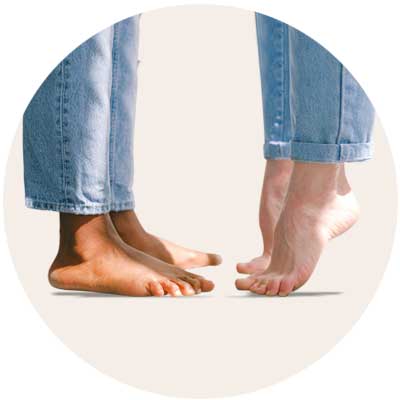What is dry skin on the face and what does it look like?
The skin of the face is rich in sebaceous glands which provide natural protection against dry skin. However, some people’s sebum production is low which can contribute to dry skin. This can be especially true in the areas around the eye, where these glands are very few or absent. Dry skin on the face often looks rough and flaky, and is usually accompanied by a feeling of burning.

What are the causes of dry skin on the face?
Dry skin on the face can be caused by a change in, or deficiency of, the skin’s protective barrier. This barrier is made of proteins and lipids that are meant to bind with and retain water, respectively. While this may sound complicated, this natural barrier can be compromised simply through cosmetic choices. For example, the natural lipids in the skin can be dissolved by the prolonged use of moisturizers that contain emulsifiers, thus worsening dry skin. Finally, dry skin on the face is simply more common in some individuals than others. For example, those who already have atopic dermatitis or sensitive skin are more likely to have dry skin.
How to treat dry skin on the face
- Apply Nourishing Cream and massage until completely absorbed.
- For dry skin around the area of the eye, apply Extreme Emollient Ointment. By retaining water on the skin, Extreme Emollient Ointment helps soothe and soften the skin.
Use Eudermic Cleansing Base, a non-foaming, lauryl-sulfate free wash, as both a make-up remover and cleanser. Eudermic Washing Base fully cleanses the skin without drying it out and without leaving a feeling of tightness.
To avoid dry skin, is it necessary to drink a lot of water?
Drinking a lot of water does not necessarily mean hydrated, moisturized skin. The human body is made up of 75% water, so it’s not something the skin is lacking. Drinking more water than the body needs can actually put a strain on the organs responsible for urine production and collection. The immediate result is a continuous need to urinate. In the longer run, drinking excess water also causes water retention, especially on the abdomen, thighs and buttocks. The swelling caused by water retention can cause edema, or the accumulation of fluid in the interstitial spaces of the body. This can contribute to or worsen cellulite (panniculitis adiposa).










